Detailed Report On Car Manufacturing
Car manufacturing is the process of producing automobiles on a large scale. It involves designing, engineering, and assembling various components to create functional vehicles that meet safety, performance, and aesthetic standards.
Introduction
Detailed Report on Car Manufacturing is as follows.
The process of mass producing automobiles is known as car manufacturing. It is divided into various stages, which include design, engineering, and manufacturing. Initially, car designers produce designs and prototypes that take aesthetics, functionality, and safety into mind. Engineers will then use these designs to develop mechanical and electrical systems. The vehicles are then assembled on assembly lines by specialised staff who install engines, chassis, interiors, and external components.
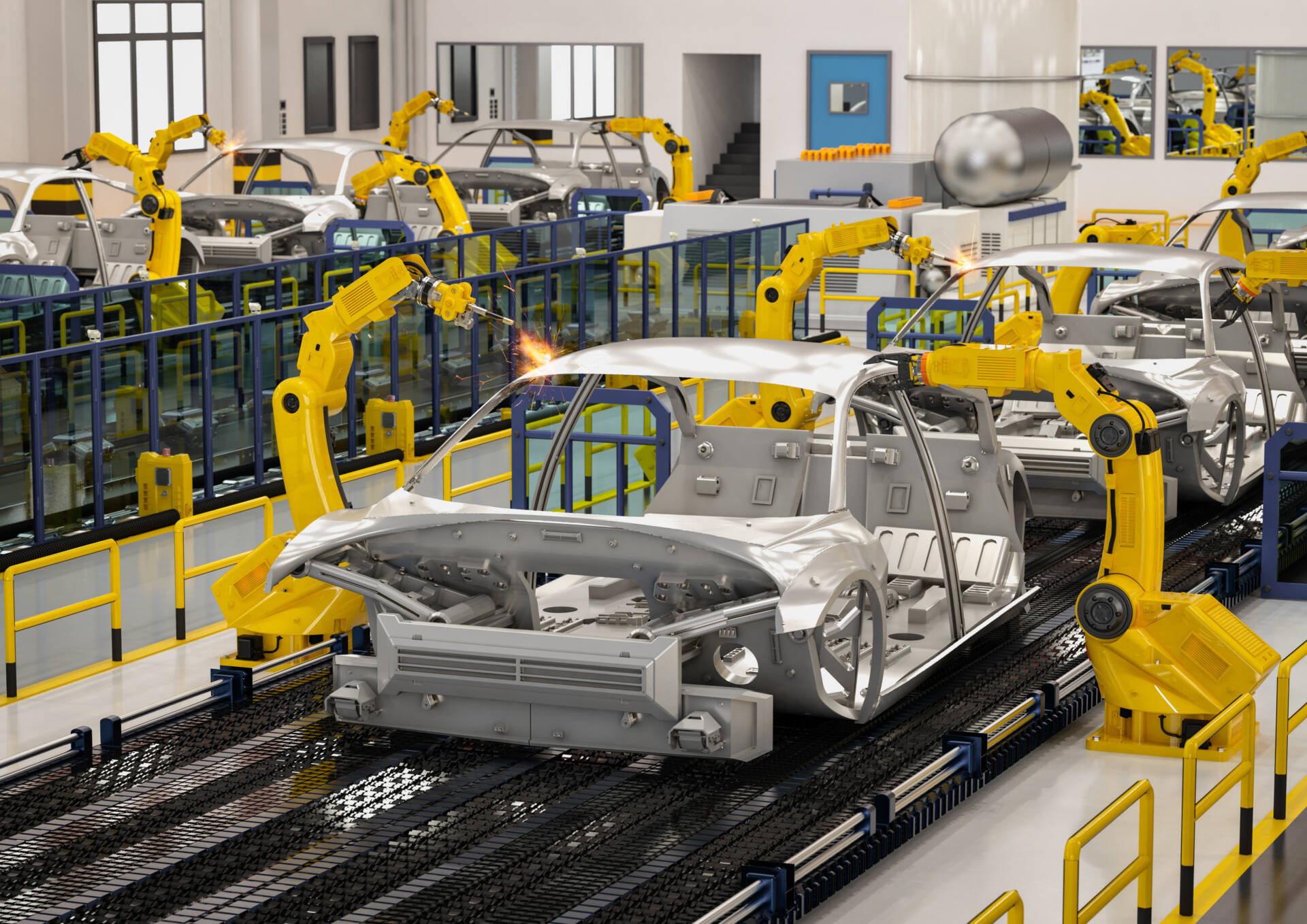
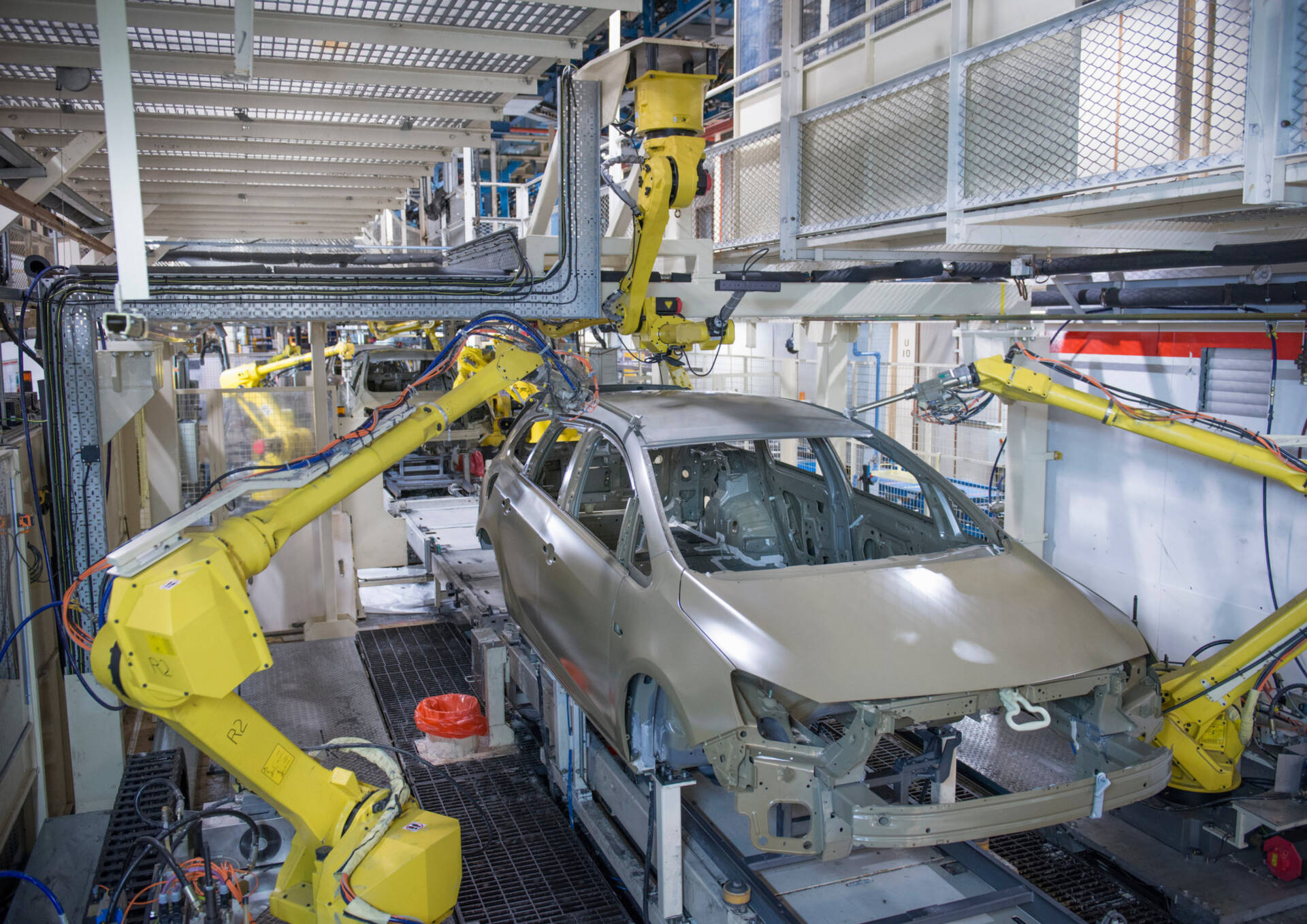
Quality control measures ensure that the finished vehicles meet both regulatory and consumer requirements. Car manufacturing combines new technologies, skilled labour, and efficient logistics to produce vehicles that have changed transportation and become an essential part of modern society. Strict testing procedures are in place to ensure that safety, performance, and durability criteria are met. Before being issued to the public, each automobile is submitted to extensive testing, ranging from crash tests to environmental research. A wide network of suppliers and logistics partners is also involved in automobile production. These organisations collaborate to ensure that components and materials are delivered on time to assembly plants, allowing for more efficient production processes. The significance of the industry extends beyond basic manufacturing. It fosters technological advancements and adds to economic growth.
Detailed Report Sample On Car Manufacturing

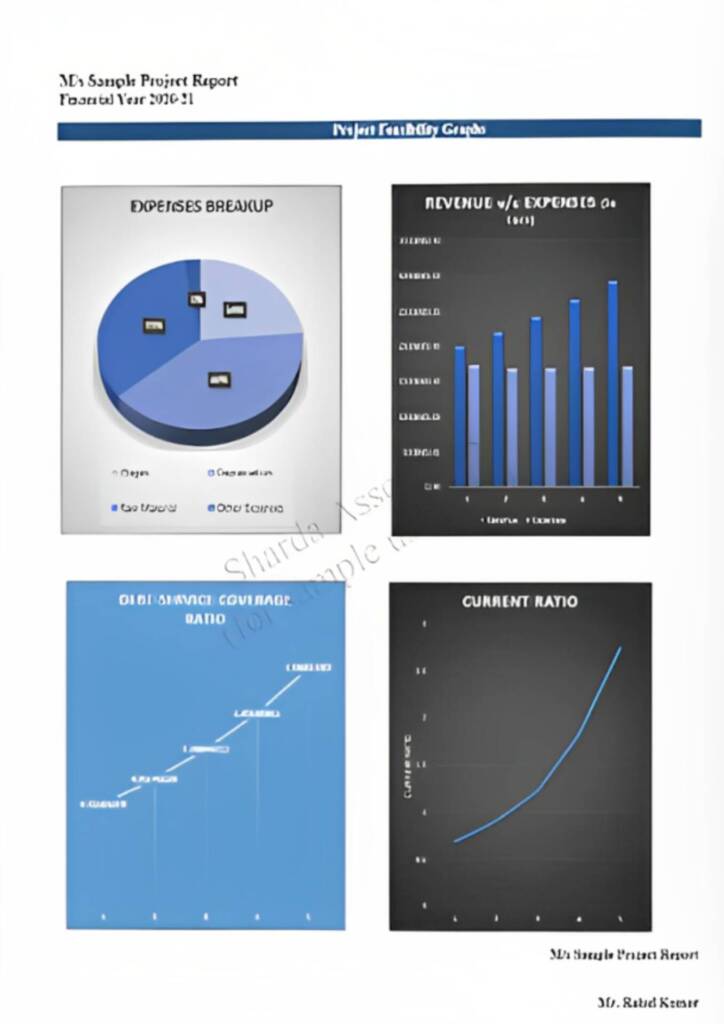
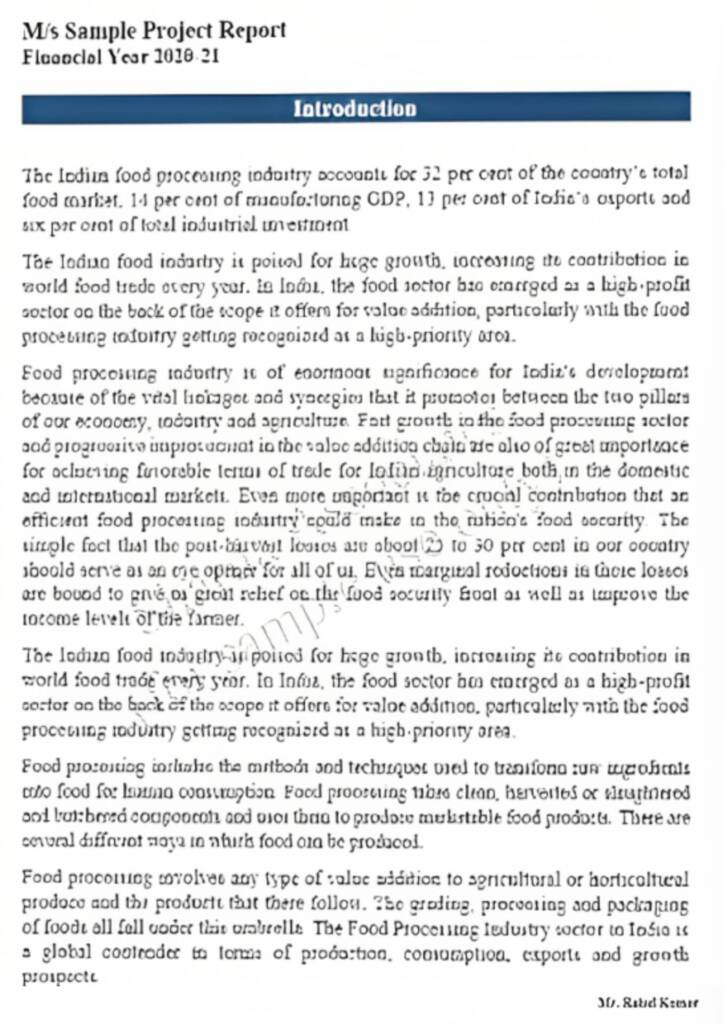
Market Potential Of Car Manufacturing
2027, growing at a CAGR of more than 9% between 2022 and 2027.
The electric vehicle (EV) market in India is estimated to reach Rs. 50,000 crore (US$ 7.09 billion) by 2025. By 2030, electric vehicles would have a US$206 billion market opportunity in India. This will necessitate an investment of almost US$ 180 billion in vehicle manufacture and charging infrastructure.
The availability of low-cost trained labour, powerful R&D centres, and low-cost steel production are all variables that influence the automobile industry. In addition, the industry provides excellent investment opportunities as well as direct and indirect employment to skilled and unskilled labour.
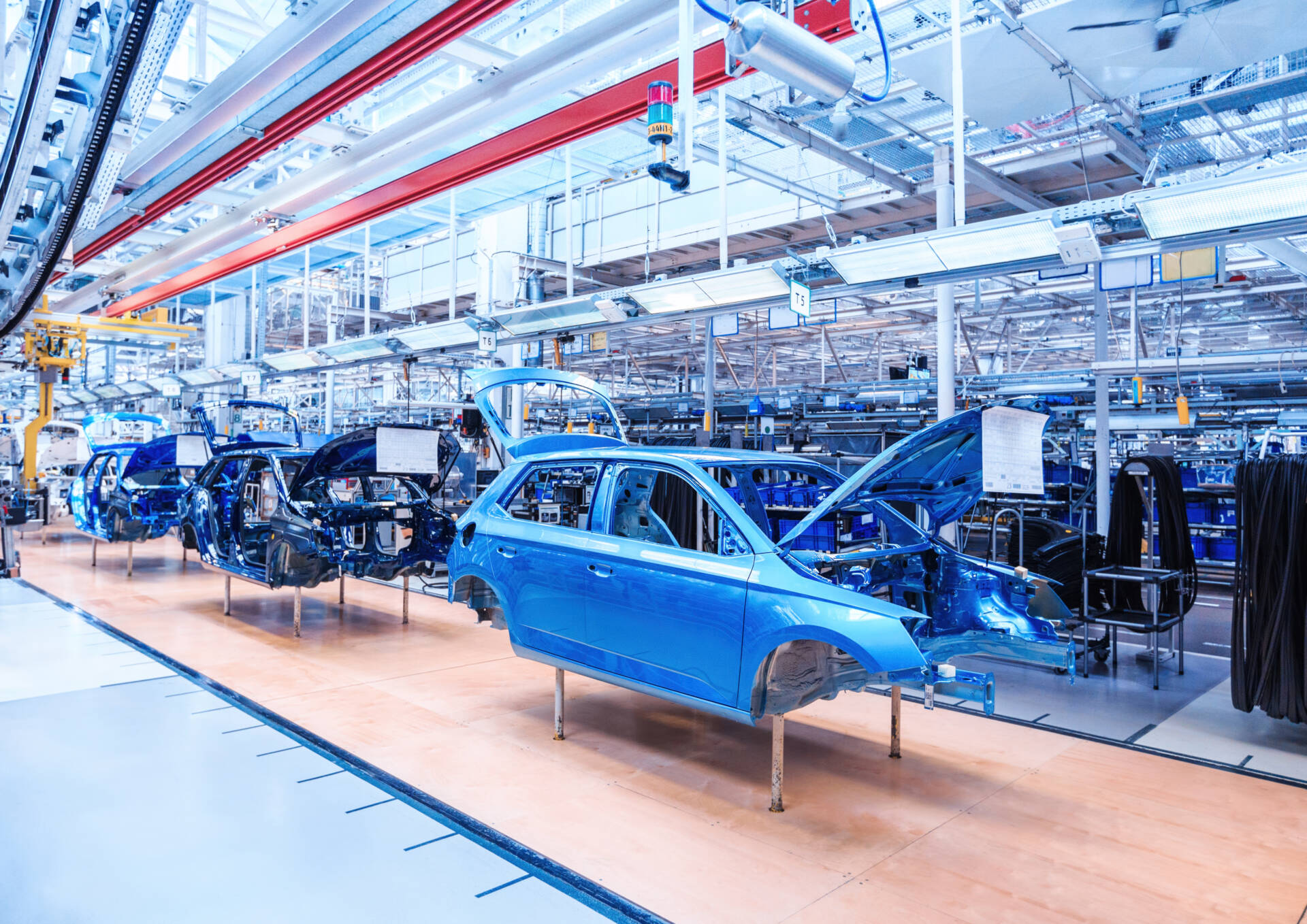
By 2030, the electric vehicle industry is estimated to employ five million people. Overall global car sales are expected to expand further, but the annual growth rate is expected to reduce from 3.6 percent over the last five years to around 2 percent by 2030. This drop will be driven mostly by macroeconomic factors, as well as the expansion of novel mobility services such as car sharing and e-hailing.
The automobile segment is expected to have the most market share in the coming year. This segment has historically had a higher revenue share and will continue to grow in the coming years. Growing globalisation is one of the elements that will contribute to a rise in demand for passenger cars. The demand for these passenger autos has not increased in tandem with the increase in disposable income of individuals all over the world.
Demand for fuel-efficient vehicles will also boost market growth. Constant R&D in the business has resulted in improved technologies that will aid in market expansion in the next years.
Contents of Project Report
A project report helps you identify whether a project is worth pursuing. It presents the holistic view and brings complete insight of the business and its activity.
It acts as a guide for all the business operations, aids in taking all financial decisions related to the existing businesses and to the start-ups. It serves as roadmap to the business and provides information to the outsider who are wanting to know more about the business.
You will have the opportunity to build new goals and expansion ideas in one single document. Everyone, from the banks to potential investors, will need to have a look at the project report before they shell out any money.
A well drafted project report generally consists details about:
- Brief History of the Business
- The Promoters
- SWOT Analysis
- Industry Outlook
- Past Financial Statements
- Projected Financial Statements
- Infrastructure and Human Resource required
- CMA data
- Business model
- Requirement of Working Capital Funds
- Means of Finance
Other relevant information, if any.
